Songwriting: The Importance of Melody Hooks
During the late seventies and early eighties, I wrote numerous songs, some more popular than others. Most of them were accepted, demoed, and pitched by serious Nashville publishers. My strength was lyric writing. Tongue in cheek novelty songs, such as “Ugly Women and Pickup Trucks” (see YouTube) came easily. I deeply admired Shel Silverstein and songs like “A Boy Named Sue” and “The Cover of the Rolling Stone” became benchmarks for the success of my early songwriting. But, my publisher and I both knew that something was missing. My songs depended too much on hard rhythm and fast witty lyrics. Songs with too many words and not enough melodic variation didn’t have real staying power. Topical lyrics, “in your face” hook lines, and almost complete dependence on rhythm seemed to create cute, “flash in the pan “songs with very little shelf life. My biggest concern was that everything I wrote starting sounding the same.
My publisher told me that I lacked patience. I went for the easy line, did very little revision, and didn’t concern myself with melody or emotional depth. I needed to push myself beyond superficial wit, and realize that it was an inextricable combination of original melody and lyrics that created a great song The way a song sounded was as important as the lyrics. Melody lines were at least as memorable as lyrics and maybe more so. Think of all the songs you hum to yourself, even though you may have forgotten the lyrics.
Anyway, what followed was one of the most creative periods I can remember, revisiting and rewriting my older songs and creating new ones, this time with an eye toward achieving a more universal, emotional expression, using both lyrical and melodic hooks. In the process, I considered songs that I liked that became not only super hits, but standards. Songs like Willy Nelson’s “Crazy,” Jim Webb’s “Lineman For The County,” Steve Gibb’s “She Believes Me,” Dolly Parton’s “I Will Always Love You,” and even older songs like Hank William’s “Your Cheatin’ Heart” and “ I Can’t Help It (If I’m Still in Love With You)” gorgeously blend melody and lyrics. Sometimes teams of songwriters combine their lyrical and musical skills to create superb hits like Wayne Carson, Johnny Christopher, and Mark Jones who wrote “You Were Always On My Mind” and of course Don Henley and Glen Frey’s famous “Desperado.”
These days, I am drawn to the old country music I heard during my early years in West Virginia and the blues and jazz music I heard growing up in Pittsburgh. I am particularly fascinated with songs that seemed to combine these idioms. Willie Nelson’s “Crazy” combines the feel of country and jazz. Harlan Howard’s “Busted,” famously recorded by Ray Charles, has a soulful blues and country feel. Hoagy Carmichael and Stuart Gorell’s “Georgia on My Mind” combines the feel of blues, jazz, and even a bit of country. I like Delbert McClinton and Gary Nicholson’s ”Somebody To Love” combing a rock, blues, and jazz feel, particularly when recorded by jazz/blues singer, Etta James. Listen to Buddy Guy’s “Skin Deep,” written by Buddy Guy, Gary Nicholson, and Tom Hambridge, that combines so many musical genres that it will take your breath away. Yet, in spite of fusing traditions, none of these songs lose their authentic or artistic integrity. More importantly, the melodic possibilities explode.
Now that I am taking music seriously again after thirty-six years, I sometimes regret severing Nashville ties completely (at the time, other opportunities seemed more stable and lucrative). But, with the advent of the internet, and web platforms like YouTube and Facebook, good original songs can be written, promoted, and distributed from anywhere without commercial formulas to interfere with creativity. However, the critical phrase is “good original songs.” Such songs, where every word and musical note evokes an emotional response from the listener, are rare indeed. But, they are unforgettable.
Written by Mike McCauley
